Which of the aromatic compounds reacts fastest with methoxide ion?
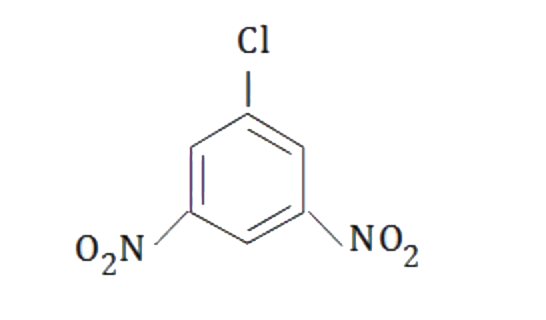
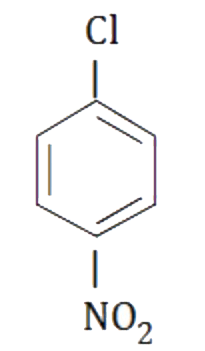
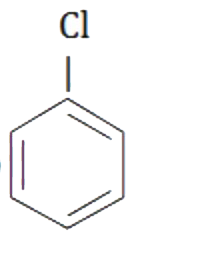
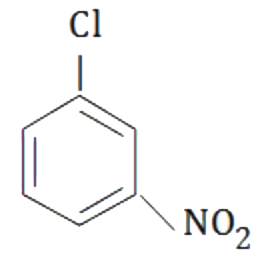
The correct Answer is:B
To determine which aromatic compound reacts fastest with methoxide ion, we need to analyze the structure of the compounds and the effects of substituents on the aromatic ring. Here’s a step-by-step solution:
Step 1: Identify the Compounds
Assume we have several aromatic compounds with different substituents, including nitro groups, which are known to be electron-withdrawing.
Step 2: Understand the Mechanism
The reaction with methoxide ion (a strong nucleophile) typically involves a nucleophilic aromatic substitution (SNAr) mechanism. This mechanism is favored when there are strong electron-withdrawing groups (EWGs) on the aromatic ring.
Step 3: Analyze the Substituents
- Electron-Withdrawing Groups (EWGs): These groups, such as nitro (-NO2), enhance the reactivity of the aromatic compound towards nucleophilic attack by stabilizing the negative charge that develops in the intermediate.
- Position of Substituents: The position of the EWG is crucial. A nitro group at the para position is particularly effective because it allows for resonance stabilization of the negative charge that forms during the reaction.
Step 4: Compare the Compounds
- If one compound has a nitro group at the para position and another has it at the meta position, the compound with the para nitro group will react faster. This is due to the resonance effect that stabilizes the intermediate formed during the SNAr reaction.
Step 5: Conclusion
Based on the analysis, the compound with the nitro group at the para position will react fastest with methoxide ion due to the stronger electron-withdrawing resonance effect compared to the meta position.
Final Answer
The aromatic compound that reacts fastest with methoxide ion is the one with the nitro group at the para position.
---
Assume we have several aromatic compounds with different substituents, including nitro groups, which are known to be electron-withdrawing.
The reaction with methoxide ion (a strong nucleophile) typically involves a nucleophilic aromatic substitution (SNAr) mechanism. This mechanism is favored when there are strong electron-withdrawing groups (EWGs) on the aromatic ring.
- Electron-Withdrawing Groups (EWGs): These groups, such as nitro (-NO2), enhance the reactivity of the aromatic compound towards nucleophilic attack by stabilizing the negative charge that develops in the intermediate.
- Position of Substituents: The position of the EWG is crucial. A nitro group at the para position is particularly effective because it allows for resonance stabilization of the negative charge that forms during the reaction.
- If one compound has a nitro group at the para position and another has it at the meta position, the compound with the para nitro group will react faster. This is due to the resonance effect that stabilizes the intermediate formed during the SNAr reaction.
Based on the analysis, the compound with the nitro group at the para position will react fastest with methoxide ion due to the stronger electron-withdrawing resonance effect compared to the meta position.
The aromatic compound that reacts fastest with methoxide ion is the one with the nitro group at the para position.
Similar Questions
Knowledge Check
- Question 1 - Select One
Which of the following reacts fastest with HBr?
A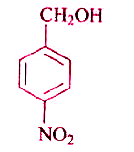 B
B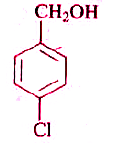 C
C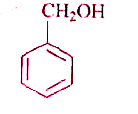 D
D
- Question 2 - Select One or More
Which of the following compounds are aromatic ?
A B
B C
C D
D
- Question 3 - Select One or More
Which of the following aromatic compounds will react with KMnO4 ?
A B
B C
C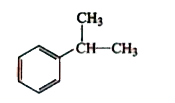 D
D
Non-aromatic compound is
View SolutionThe aromatic compound would be
View SolutionThe aromatic compound would be :
View SolutionWhich forms aromatic compound on heating?
View SolutionGive all the products expected including pertinent stereochemistry when each of the following compounds react with sodium methoxide in methanol .
 View Solution
View Solution

